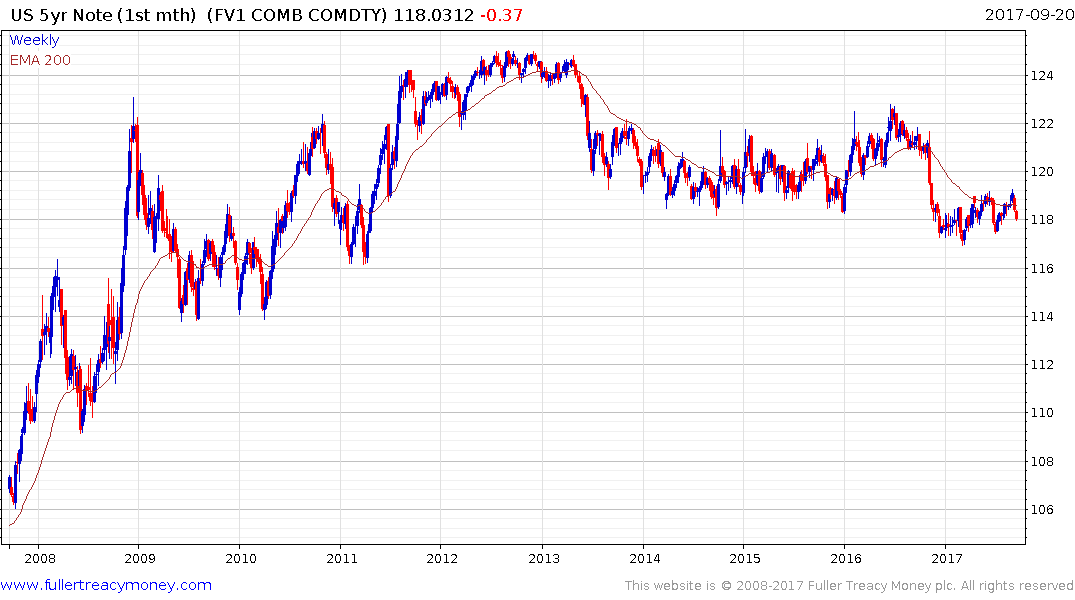Email of the day on maturity extensions
Why does the US not shift its bonds to 20 and 30-year duration, increase inflation to, say, 2% and pay back the money in 20 or 30 years’ effectively free of interest? This would really kick the can down the road and give them many years to sort out the mess. When I asked this of Americans five years ago, they thought it would cause interest rates to spike if the Fed tried to drastically increase the duration. I think the last few years have proved that the duration could be increased without causing panic in the markets.
Thank you for this email and since no one has ever successfully taken trillions of Dollars out circulation before I suspect everyone is asking how this can be done effectively. The Fed went through a maturity extension program between 2011 and 2012 which swapped about 667 billion from short-dated to longer dated securities. Here is a section from the Fed’s 2012 press release on the subject:
Specifically, the Committee intends to purchase Treasury securities with remaining maturities of 6 years to 30 years at the current pace and to sell or redeem an equal amount of Treasury securities with remaining maturities of approximately 3 years or less. This continuation of the maturity extension program should put downward pressure on longer-term interest rates and help to make broader financial conditions more accommodative.
Right now the Fed’s balance sheet is comprised primarily of Treasuries ($2.337 trillion) and mortgage bonds ($1.769 trillion) and the duration of the portfolio is around 6.5 years. If the Fed were to engage in a much larger program of maturity extension, while also raising short-term rates, it would depress long-term yields even further which could lead to an even flatter yield curve or possibly even invert it.
Based on the current program of $10 billion sales a month, starting in October, increasing in increments of $10 a quarter to the stated aim of $50 billion sales a month by 2019 that would result in the balance shrinking by around $450 billion by the end of 2018. That would take the total down to $4 trillion and increase the representation of mortgages in the asset mix. That leaves the Fed increasingly exposed to property market risk. Commercial property, in particular, is already at high levels.
When the largest buyer in a market turns into a net seller it’s not generally positive for the price of the asset so it’s hard to imagine how this news is going to be positive to bond prices.

5-year Note futures, representing where the bulk of the Fed’s holdings are concentrated, exhibit first step below the top formation characteristics. The price encountered resistance in the region of the trend mean last week and a sustained move back above it will be required to question medium-term scope for additional downside.


